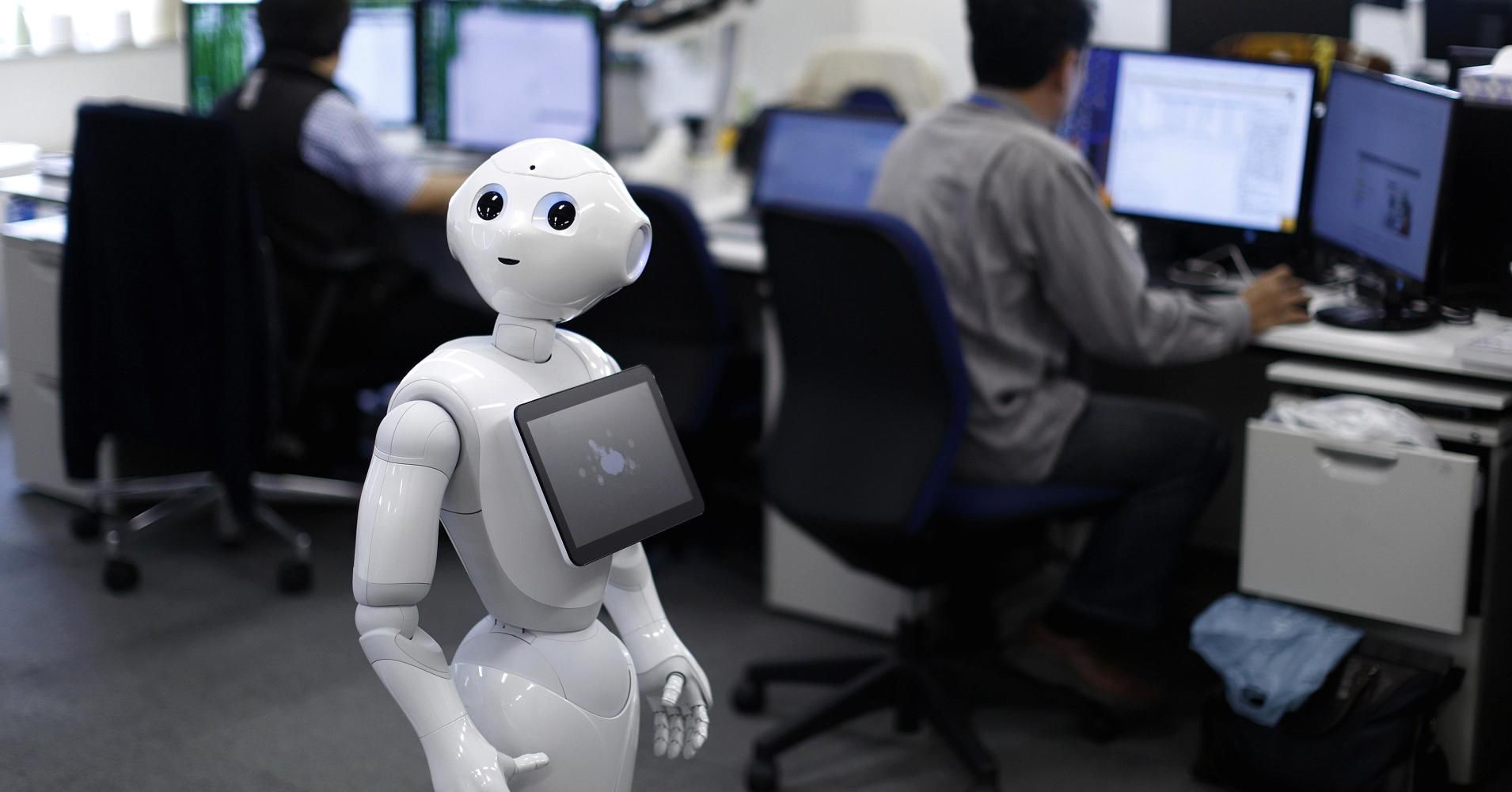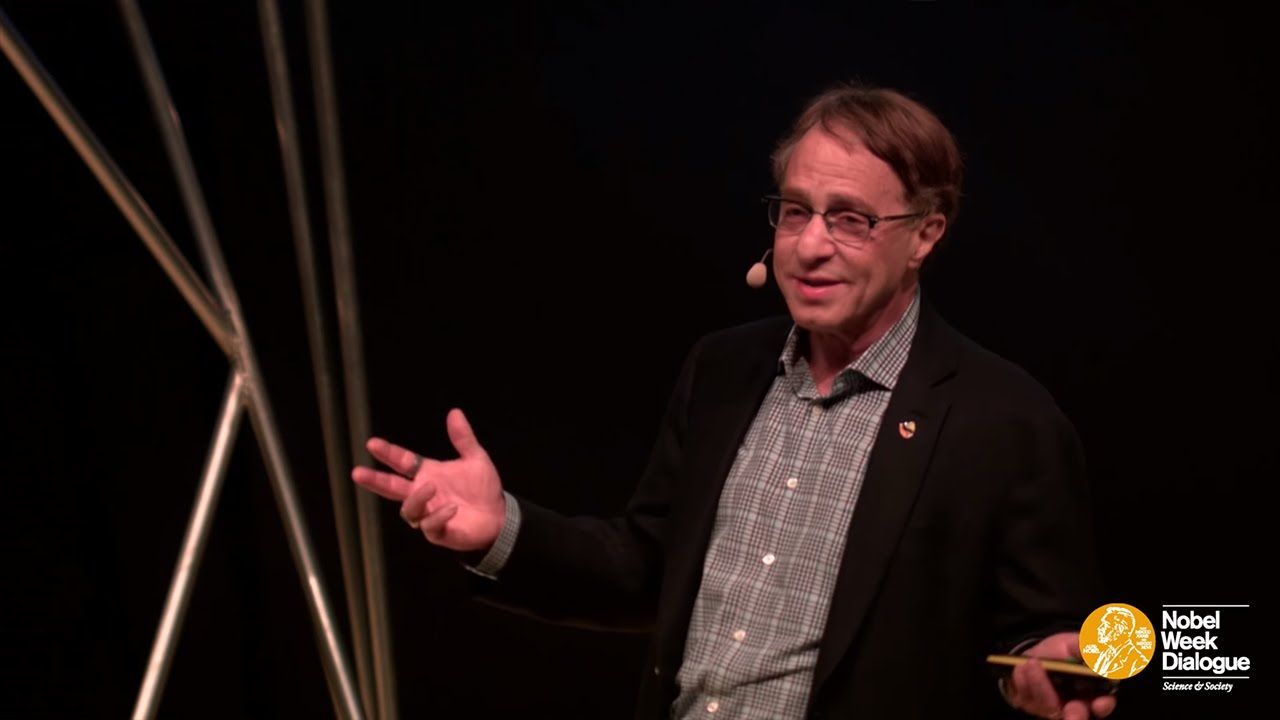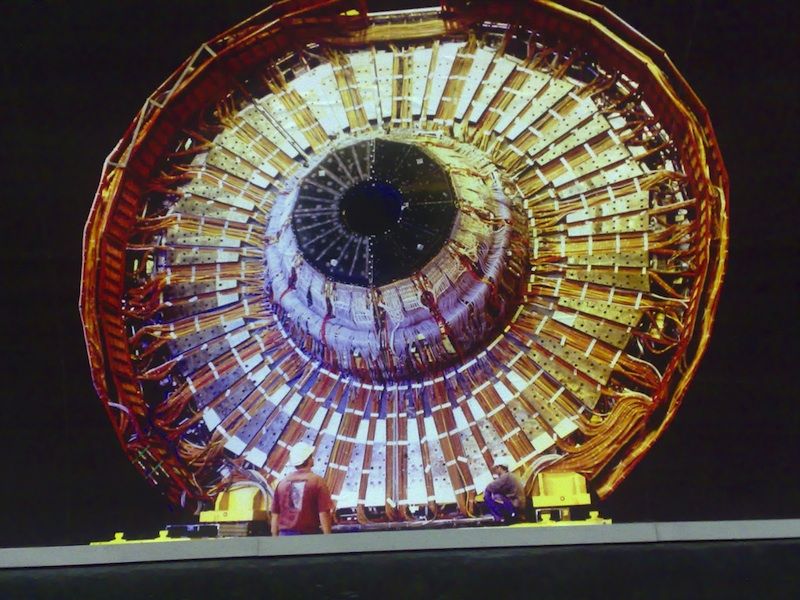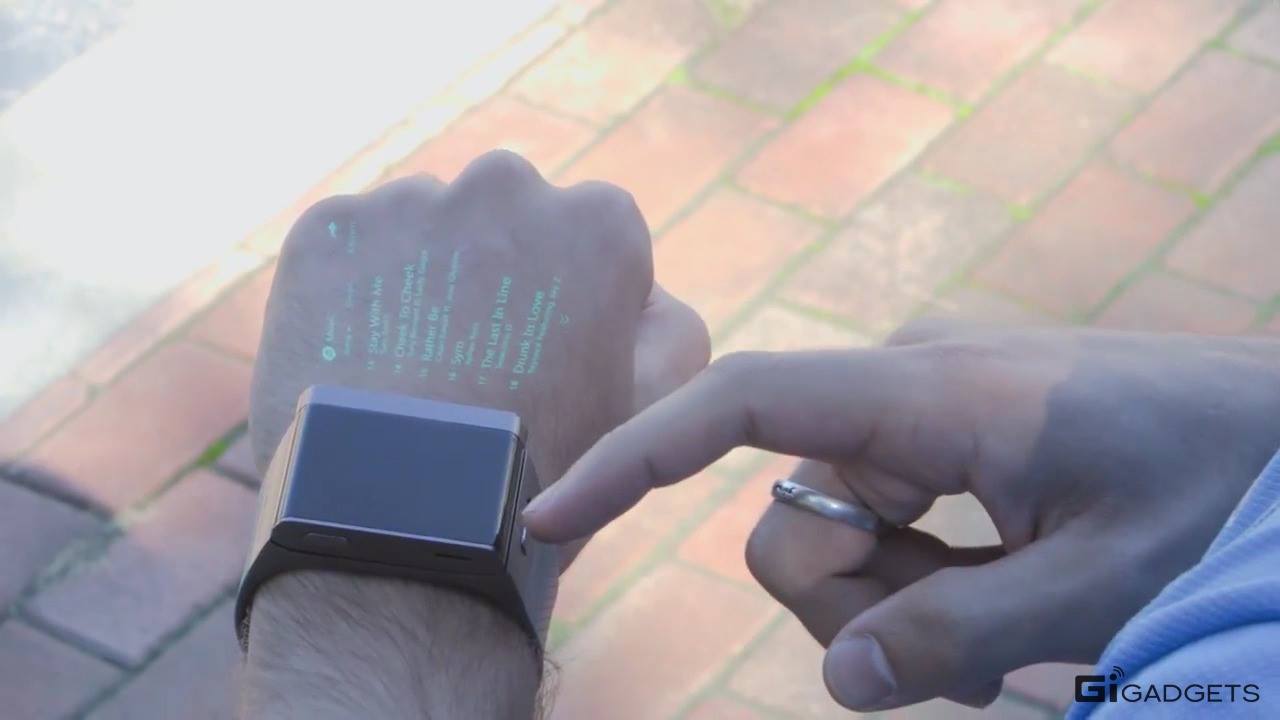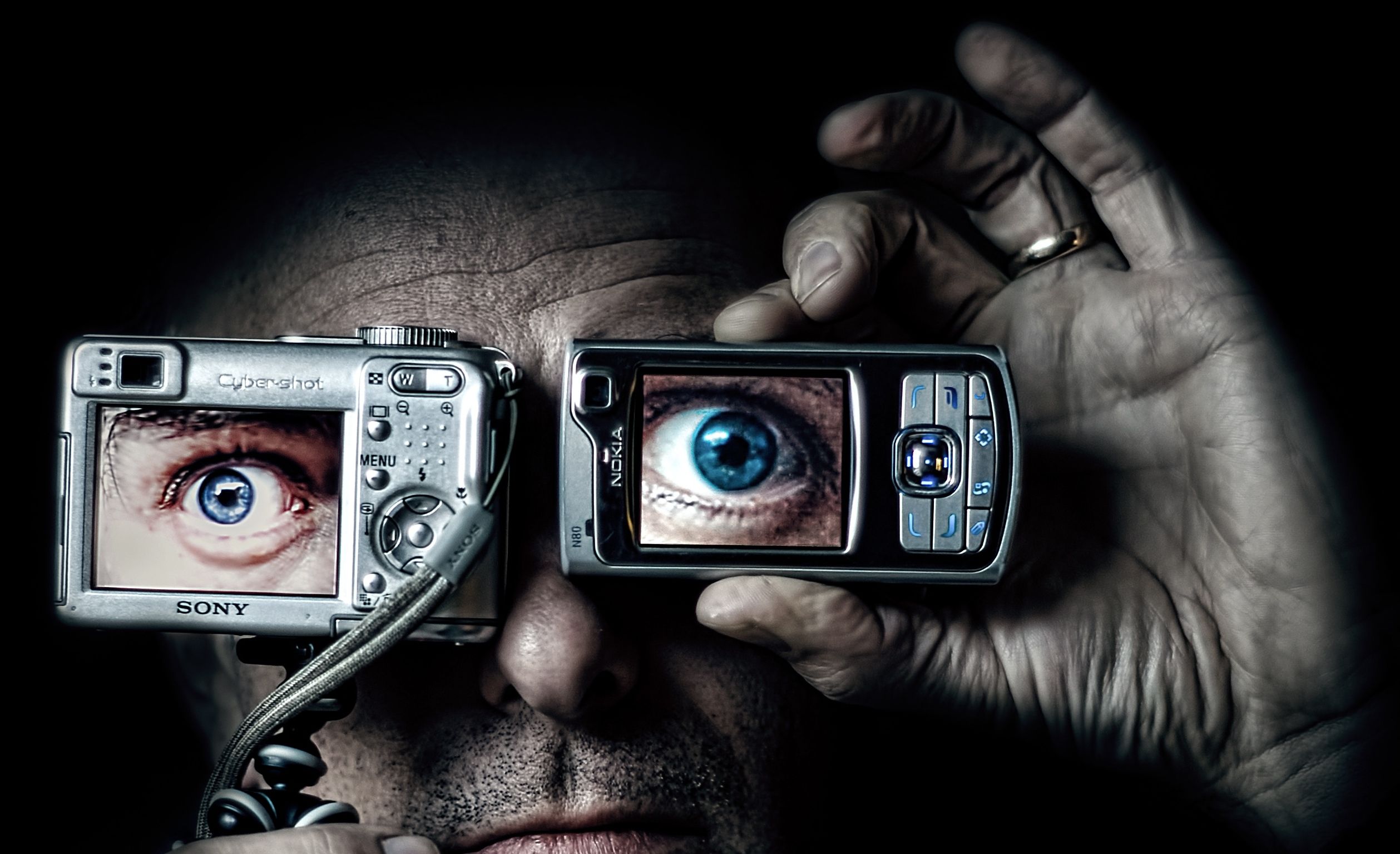Jan 24, 2016
3 ways robots and AI will change the way you work
Posted by Aleksandar Vukovic in categories: business, economics, Elon Musk, employment, robotics/AI
Essentially, the jobs being replaced will give rise to new roles that people can take up.
“There are new classes of jobs that we haven’t thought of yet. Those who can curate and manage the full rich data lifecycle will be a new class of professional,” Shadbolt added.
Whether you like it or not, artificial intelligence (AI) and robots are going to be a big part of the future workforce.
Continue reading “3 ways robots and AI will change the way you work” »
